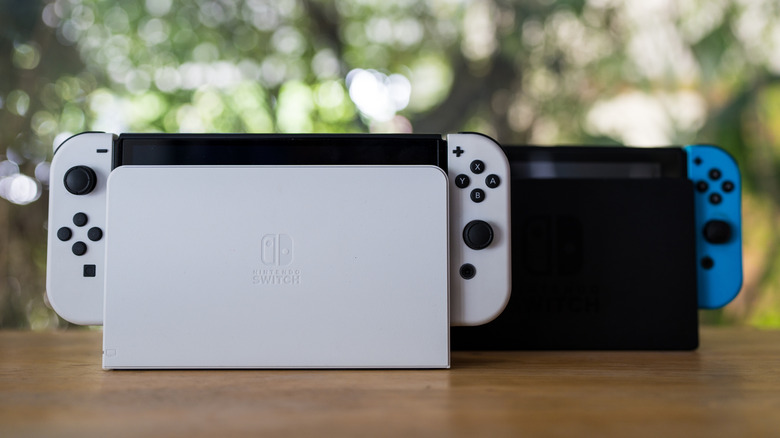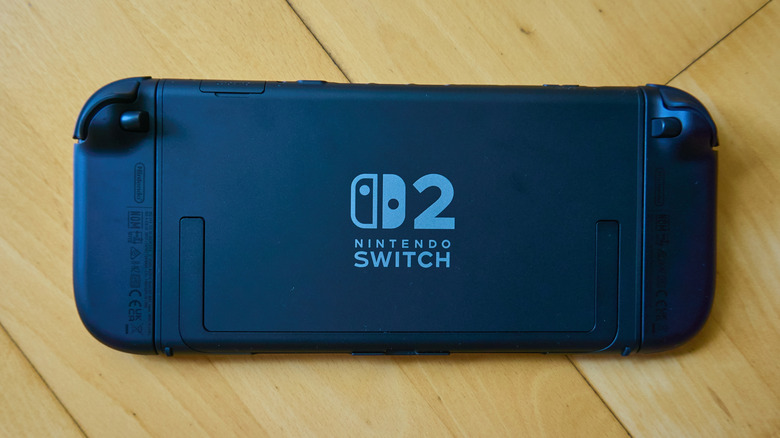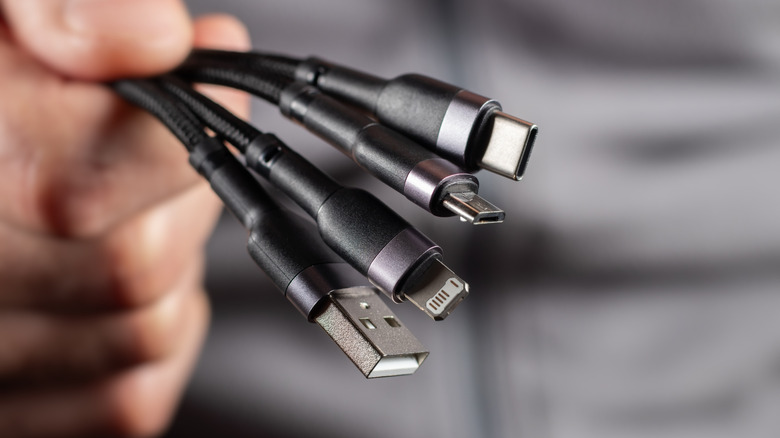Here's Why Your Nintendo Switch 2 USB Port Isn't Working (And Why That Should Worry You)
The Nintendo Switch 2 is flying off shelves at an incredible rate, and no doubt many fans are excited to get their hands on the company's next generation of hardware and games. While the release of the system has come with much fanfare, it has also brought its share of troubles. This includes Nintendo banning Switch 2 owners from online capabilities for using Flash tools and issues with Joy-Con drift on release day, among others.
Now, reports across the web indicate that the top and bottom USB-C ports on the Nintendo Switch 2 may be checking whether or not anything connected to them is approved by Nintendo, essentially locking the ports against third-party connections. What began with complaints from consumers noticing that certain docks and peripherals do not function properly with the Switch 2 is now leaving fans questioning the company's intent and motives.
It's a peculiar situation given Nintendo's silence, but it's also an issue that may have long-term consequences for consumers and companies alike. It's a problem that raises questions about the universality of not just cables and ports, but also of peripherals in general. Even for those who are not interested in Nintendo's next-generation hardware, it may still have an impact on how they interact with and connect to technology.
Nintendo Switch 2 may be blocking your USB-C port access
As spotted by both Linus Tech Tips and The Verge, reports indicate that the two USB-C ports on the Nintendo Switch 2 are not functional with certain third-party docks and accessories. It's possible Nintendo is implementing a form of encryption with the bottom and top USB-C ports on the Switch 2 console, and right now, no one is certain whether or not this is an accident or intentional. Essentially, the console currently seems to implement a checkpoint system to ensure anything connecting via a USB-C port is a Nintendo product, and the system rejects or complicates any item that doesn't pass.
While Nintendo is keeping quiet over whether or not this was intentional, the consequences are nonetheless the same, in that the company can potentially control what devices gain access to the Switch 2. The Verge notes that some third-party companies have been able to find workarounds through updates, while others have given up on development entirely.
Though there's potential that Nintendo is controlling what accessories connect to the Switch 2, this may ultimately have larger consequences for consumers and businesses. For consumers, it may be necessary to adapt and purchase products specifically approved by Nintendo. In contrast, third-party manufacturers will need to comply with the company's rules or risk being shut out entirely. There's also the concern that this may inspire other tech giants to adopt similar practices.
What this means for consumers and businesses
Unfortunately, this isn't just about Nintendo, its consumers, or its suppliers. Should other tech giants decide to follow suit, it can render what was once universal hardware useless or inaccessible. Using USB-C components as an example, what is meant to be a universal item has the potential to be controlled by any tech company, which may force consumers to purchase and use certain products that the company allows.
If you're an iPhone fan, some of this may already feel familiar, such as the company implementing its proprietary Lightning cable until the EU intervened. It creates a situation where users may need to purchase multiple peripherals to support multiple products. For third-party manufacturing, this can mean adhering to a company's specific demands or being phased out entirely.
While there is a certain element of truth behind the idea that this allows companies to ensure that peripherals for products are held to a specific standard — such as Apple implementing its Made for iPhone (MFi) seal-of-approval –– it also has the potential to limit consumer options and gatekeep certain manufacturers and peripherals. While Nintendo's situation may not be intentional, it creates the opportunity for situations and scenarios that are.


